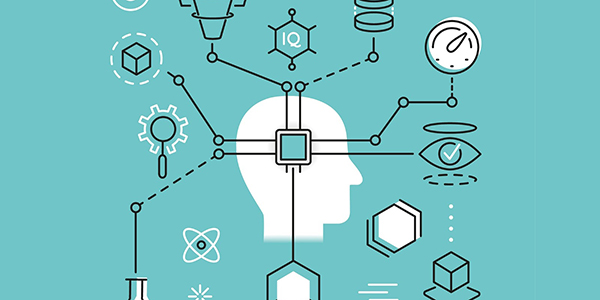Artificial Intelligence, Machine Learning and Predictive Analytics

I’ve been with Listrak over 17 years, from the very early days of digital marketing. In that time, I’ve seen it all and done it all - from a technology and marketing perspective.
The recent surge of terms, such as artificial intelligence, machine learning and predictive analytics, on the popular scene has me interested. And I’ve heard a lot of questions - do people talking about it truly understand what it is? Are companies in Silicon Valley realizing the dreams and nightmares of so many science-fiction authors? Are there huge teams of PhDs using supercomputers?
The answer to all of these questions is the same: not really.
I wanted to explore what these terms really mean, how they exist in marketing today and how humans can support the usefulness of AI.
First, we should define the terms:
- Artificial Intelligence (AI) is any device that perceives its environment and takes actions that maximize its chance of success at some goal. In a word, it’s path-finding. The most obvious example of AI is GPS navigation. The system takes a series of inputs and a data set of possibilities, then determines the best route to your destination. Apps like Waze have taken this to another level by incorporating traffic, hazards and accidents as reported by users. This allows the AI to choose better routes that avoid slowdown and get the driver to their destination quicker.
- Machine Learning (ML) is the ability of computers to learn without being explicitly programmed. To borrow the words of the T-800, “My CPU is a neural-net processor; a learning computer.” A neural net is one application of machine learning, which is a sub-discipline and therefore a potential component of AI. A good example of ML in everyday life is the Nest Thermostat. You see, using sensors and feedback, it learns when to heat or cool or hibernate. More advanced applications would include things like IBM’s Watson ability to learn sentiment and pun usage on Jeopardy or advanced visual recognition of self-driving cars to collect data and feedback. This can then be used to better understand scenarios it is likely to encounter on the road in the future.
- Predictive Analytics is simply a grouping of statistical techniques that pull from predictive modeling, machine learning and data mining to make predictions about future or otherwise unknown events. If last year’s reports are business intelligence, next year’s projections are predictive analytics. Predictive analytics has varying degrees of complexity, from simple to very advanced models and algorithms used to predict outcomes. A common example of predictive analytics are the models used by meteorologists to forecast weather based on patterns in data around pressure, temperature and relative humidity. Another more current example that everyone should be familiar with are Amazon’s product recommendations. They are using data gathered from your (and millions of others’) past behavior to predict what you are likely to purchase next.
Listrak has developed several applications of these technologies in products, including

The good news is that none of these programs will enslave the human race (we think). Usage of things like a random forest helps Listrak identify hundreds of millions of product recommendation candidates every single day. Natural language processing to identify likely keywords across a library of blog articles allows us to better provide relevant content to your readers and shoppers.
Predictive analytics are a key component to several of our solutions like: replenishment, send time optimization and propensity-to-buy modeling for our LifeCycle Grid.
What does the future hold for AI at Listrak? Humans. Wait, what? Yes, humans are a crucial component to artificial intelligence although it feels very counterintuitive to say so. You may have heard of the freestyle chess tournament incepted by grandmaster, Gary Kasparov. In it, two amateur men with 3 laptops beat the entire field to win the championship. Supervised learning and training data sets present algorithms with much needed human support to kick off the potential of an AI application. Personalization is going to get a lot more intelligent as we incorporate neural networks alongside a feedback loop to make great recommendations from the start rather than waiting for the system to learn. Simply stated, humans and computers working together will be able to achieve results not possible by either alone.
Stay tuned for more on artificial intelligence and applications in marketing here on the Listrak blog as well as in our product release notes. We predict that you’ll be very interested in what is coming next.














































.png)

